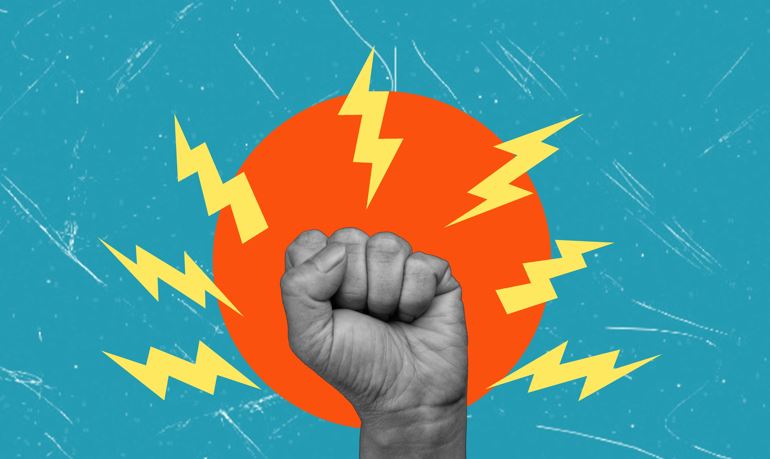24 April 2025
The increasing use of artificial intelligence (AI) in creative processes is raising multidisciplinary issues regarding the use of copyrighted material […]
5 February 2025
Measuring the Openness of AI Foundation Models: Competition and Policy Implications This paper provides the first comprehensive evaluation of AI […]
26 November 2024
With the Digital Services Act (DSA) and the forthcoming Digital Fairness Act (DFA), the European Union is stepping up its […]







